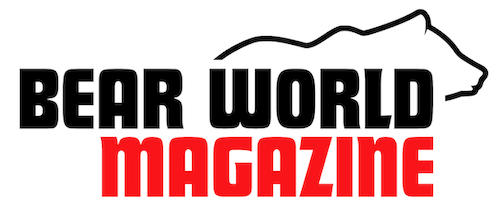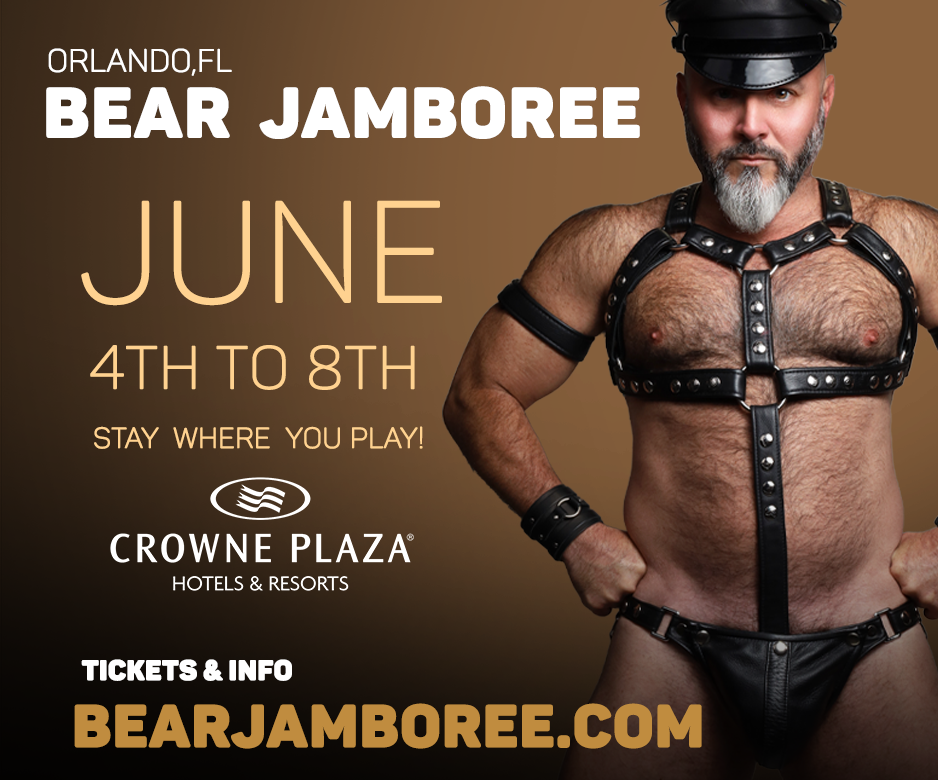
Bear Tracks: Theoretical Bears
Gay liberation and, later, queer nationalism, took as its radical starting point our agency as gay men and lesbians to reject society’s moral, legal, and psychiatric condemnation of us as “sick” and “dangerous threats” to the moral order. We LGBT folks grow up into what sociologist Erving Goffman described as a “spoiled identity.” Queer kids grow up in a society where, similar to the way black and brown children grow up, gradually discovering they bear the stigma of being “undesirable,” encountering hostility and rejection based on ignorance and prejudice. Unlike black and brown kids, whose parents will have “the talk,” LGBT kids had to cope with this stigma on their own, developing “street smarts” to cope with discrimination and the threat of real violence. Sometimes members of my generation had the mentorship and protection of our gay elders. Nowadays queer kids have the protection of the law, easily accessible extensive published literature, and a host of top-down organizations, to attenuate the continuing traumatizing effects of homophobia and transphobia.

This stigma cuts much deeper for us LGBT folk than other marginalized minority groups. As political commentator Andrew Sullivan, a self-identifying bear whose political conservatism remains problematic in the queer community, wrote, “The shame attached to homosexuality … attacks the very heart of what makes a human being human: the ability to love and be loved.” As George Orwell intuited, “This is how you finally break a human spirit: by getting him to betray the integrity of his love. The prohibition against homosexuality begins with such a repression.”
The emergence of the bear identity in the 1980s began as a challenge not only to such marginalization in society at large, but more importantly, then and now, to our marginalization within the gay community. Our bear identity began as a conscious experiment, creating our own subculture and community, where we were the insiders. Early bears regarded themselves as warm, welcoming, non-judgmental folks. Very heavy-set gay men, who organized Girth and Mirth clubs, gravitated to the bear community, where they found themselves welcomed socially and sexually. Older gay men, who had the (not always desirable) option of joining the leathersex community to remain socially and sexually viable, now had another choice. From the start, black and brown and trans bears were among the mix. As queer identities have superseded LGBT identities, self-defining queer bears are becoming more visible and more numerous. The continuing indeterminacy of bear identity keeps it viable for exploration and experimentation to those identifying as nonbinary, genderfluid, or otherwise queer. It also makes us very interesting to academics, who continue to debate whether bears are “traditionally masculine”—oppressive to women, straitjacketed by our traditional gender roles, and “toxic”—or are a radical, nonhegemonic redefinition of what it means to “be a (masculine gay) man,” what gay activist Eric Rofes called “erotic class warfare.”

The crux of theoretical bears lies in the issue of masculinity as masculine gay men. Over the past 25 years masculinity has been “queered” by academic theorists. In a 1994 article sociologist Arlene Stein pointed out “There is a dangerous tendency for the new queer theorists to ignore ‘real’ queer life as it is materially experienced across the world, while they play with the free-floating signifiers of texts.” The current academic star is trans theorist Jack Halberstam, most famous for his book Female Masculinity (1998), which focuses on queer and trans identities in popular culture. In Female Masculinity he attacks the “protected status” of male masculinity, treating it not as foundational, but the least interesting of a wide number of variants. Based on a talk I recently heard Halberstam make, I got the impression that he falls victim to the fallacy that gay white cisgender men are affluent, conformist, privileged members of society. I wonder what Halberstam would say about trans and lesbian bears. The academic disconnect continues to grow from us queer folk and our lived experience (where we can speak for ourselves) and academic queer theorists, who study us (or, more precisely, representations of us) and presume to speak for us. The “toxic gay male masculinity” argument asserts that gay male masculinity arises from the negative attitudes we experience toward our own sexuality and is a form of internalized homophobia. We often compensate for our perceived lack of masculinity by “performing” an exaggerated “hypermasculinity.” The majority of gay men find masculine gay men sexually attractive and “effeminate” gay men frequently find themselves rejected by these men. While sexual attraction is partly socially constructed, shaped by societal expectations, it is difficult, if not impossible, for individuals to control their sexual tastes. In Faeries, Bears and Leathermen: Men in Community Queering the Masculine (2008) sociologist Peter Hennen observed that “Bears and leathermen actively construct masculinity in their communities.” Historians and feminists Leila Rupp and Verta Taylor (2003) asked “To what extent are [community members] intentionally thinking and acting consciously about goals and strategies for challenging dominant constructions of masculinity, femininity, and the gendered heterosexual family?” Hennen observed that the draw of bears and leathermen to their communities is primarily emotional and not political. Bear identity, community, and culture are evolving with each succeeding generation and grow increasingly inflected by queer bears and the metamorphoses in non-Western societies. Bears continue to be remarkably understudied by academics, who–as Nick McGlynn (whose present research addresses the geographies of the GBQ men’s bear subculture) has observed–usually draw their observations from the stereotypical images of bear-oriented advertising and the clichéd notions circulating in the wider queer community. For these and other reasons I have outlined here, I believe it is important that we bears continue to speak for ourselves and invite theorists to ground their theories in our lived experiences.







